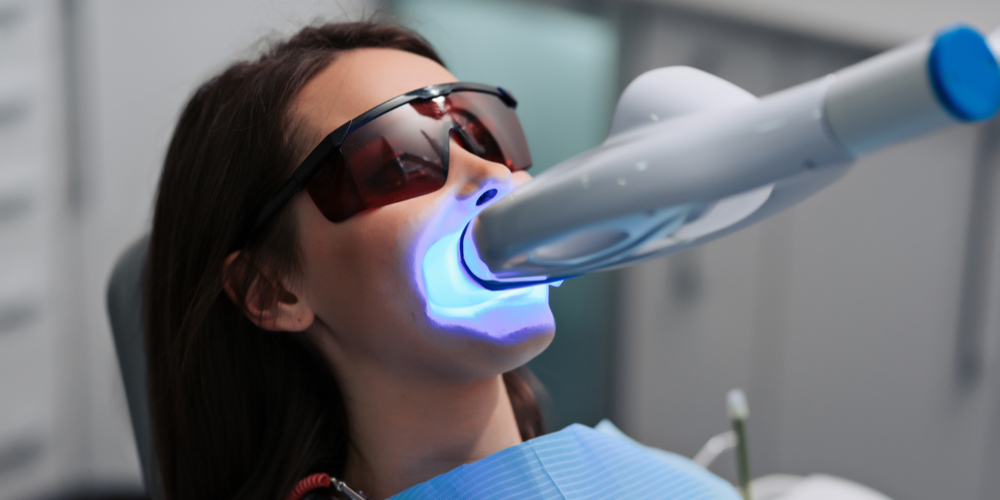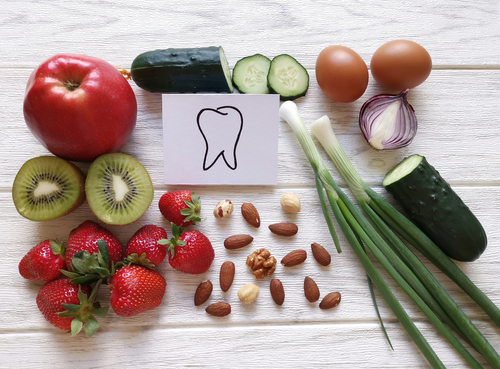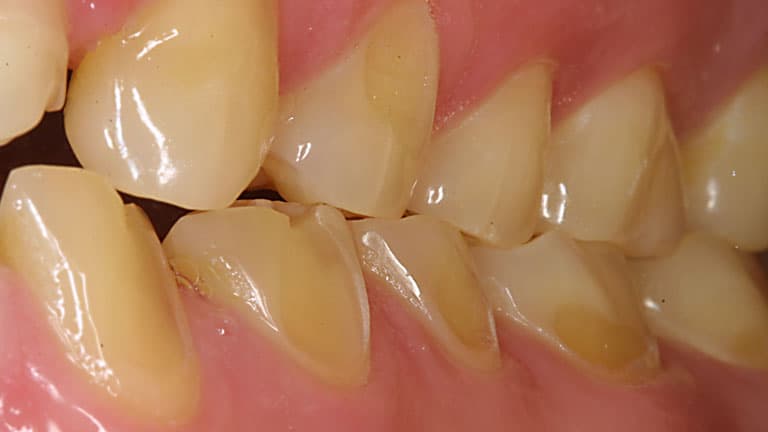Dental Visits and Pain Management: Taking the Sting Out
Dental visits can be daunting, primarily due to the anticipated discomfort or pain associated with procedures. However, with the evolution of pain management strategies in dentistry, patients can now expect a more comfortable experience. Let’s delve into how today’s dental professionals keep you comfortable in the chair.
Anúncios
Topical and Local Anaesthetics: A First Line of Defence
When it comes to managing pain during dental procedures, topical and local anaesthetics are often the first step. Applied directly to the gum or injected into the specific site, these anaesthetics numb the area effectively, ensuring that patients experience minimal discomfort. Over the years, the precision in application and the effectiveness of these solutions have improved significantly, allowing dentists to perform even potentially painful procedures with ease.
Anúncios
Advances in Sedation Dentistry
For those with dental anxiety or for particularly lengthy procedures, sedation dentistry has become a game-changer. Options range from mild sedatives, like nitrous oxide (laughing gas), to more profound methods such as oral sedatives or intravenous (IV) sedation. These methods help patients relax or even sleep through their dental work, completely free of stress and pain.
The Role of Technology in Pain Management
The introduction of advanced technologies has also revolutionised pain management in dental care. Laser dentistry, for example, offers a less invasive alternative to traditional drills and can reduce discomfort and recovery time. Similarly, technologies like computer-assisted anaesthesia systems ensure that injections are not only painless but also more accurately targeted, which enhances overall effectiveness.
Anúncios
Holistic Approaches: Beyond Medication
Interestingly, many dental practices are now incorporating holistic approaches to pain management, focusing on the patient’s overall comfort and anxiety levels. Techniques such as guided imagery, meditation, or even the calming effect of a well-designed clinic environment can significantly reduce the perception of pain. These methods often complement traditional pain relief measures, providing a rounded approach to patient care.
Education and Communication: Empowering Patients
A significant part of managing pain involves patient education and clear communication. By informing patients about what to expect during a procedure and how pain will be managed, dentists can alleviate much of the anxiety associated with dental visits. Understanding the steps of the procedure and knowing that pain management is a priority helps patients feel more at ease and in control of their dental health.
Effective Aftercare Strategies
After any dental procedure, effective aftercare is crucial to minimise discomfort and promote healing. Dentists now provide detailed aftercare instructions that may include the application of ice packs to reduce swelling, recommendations for soft foods to avoid irritation at the treatment site, and prescriptions for appropriate pain relief medications. Moreover, follow-up appointments are emphasized more than ever to ensure that recovery is progressing well and to address any residual pain promptly.
Innovations in Pain Relief Medications
The pharmaceutical aspect of dental pain management has also seen significant advancements. New formulations of pain relief medications now act faster and can be targeted more effectively to the area of discomfort. Furthermore, the development of drugs with fewer side effects supports a smoother recovery, allowing patients to get back to their daily activities quicker.
Patient Tailored Pain Management
Every patient’s pain threshold and response to treatment differ, prompting dentists to adopt a more personalised approach to pain management. By assessing a patient’s medical history, anxiety levels, and previous experiences, dentists can tailor pain management strategies that best suit the individual’s needs. This bespoke approach not only improves the effectiveness of the treatments but also enhances patient satisfaction and trust in dental healthcare providers.
Encouraging Regular Dental Visits
The ultimate goal of these advanced pain management strategies is to encourage more regular dental visits. Fear of pain is a significant barrier that keeps many people from seeking routine dental care. By ensuring a virtually pain-free experience, dental professionals hope to foster a more proactive attitude towards dental health in the community.
Dental practices have come a long way in ensuring that visits are not just bearable but also as comfortable as possible. Through a combination of advanced technologies, sedation options, effective anaesthetics, and holistic approaches, dentists are well-equipped to manage pain effectively. As these strategies continue to evolve, the focus remains on creating a patient-centered experience that promotes both oral health and comfort. By staying informed and communicating openly with your dental professional, you can turn a potentially painful experience into a manageable and even positive one.




